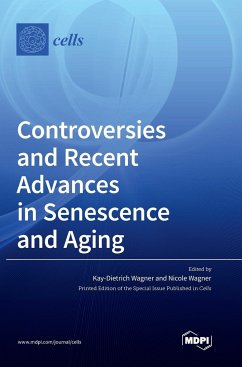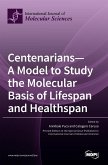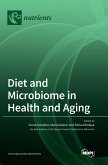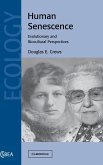This reprint book is a compilation of the articles and reviews published in the Special issue entitled "Controversies and Recent Advances in Senescence and Aging" in Cells. The Editorial summarises and highlights the contents of the published articles. Aging is the leading predictive factor of many chronic diseases that account for most of the morbidity and mortality worldwide, i.e., neurodegeneration, cardiovascular, pulmonary, renal, and bone diseases, as well as cancers. Oxidative stress and reactive oxygen species generation, the over-production of inflammatory cytokines, the activation of oncogenes, DNA damage, telomere shortening, and the accumulation of senescent cells are all widely accepted mechanisms contributing to aging. Senescence is mainly thought to be provoked by negative cellular stress but might also be induced by physiological developmental stimuli. Senescence is characterized by irreversible cell cycle arrest independent of quiescence and terminal differentiation. The Special Issue entitled "Controversies and Recent Advances in Senescence and Aging", which is contained in this reprint, comprises an excellent collection of original articles and reviews highlighting different novel aspects in the fields of senescence and aging research. They will hopefully stimulate discussions and further research in these fields, which are extremely important in a constantly aging human population.








